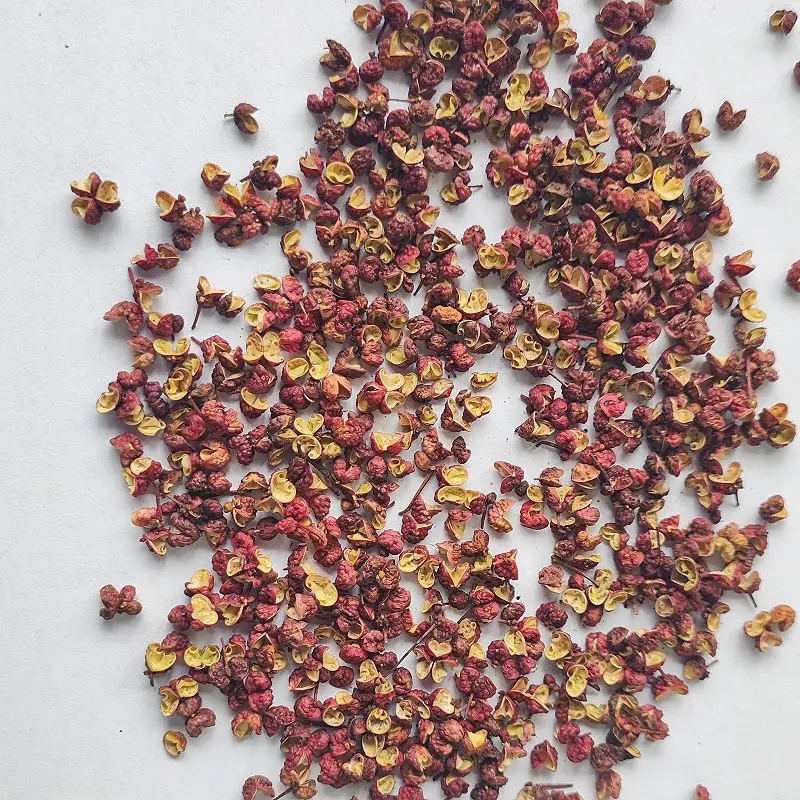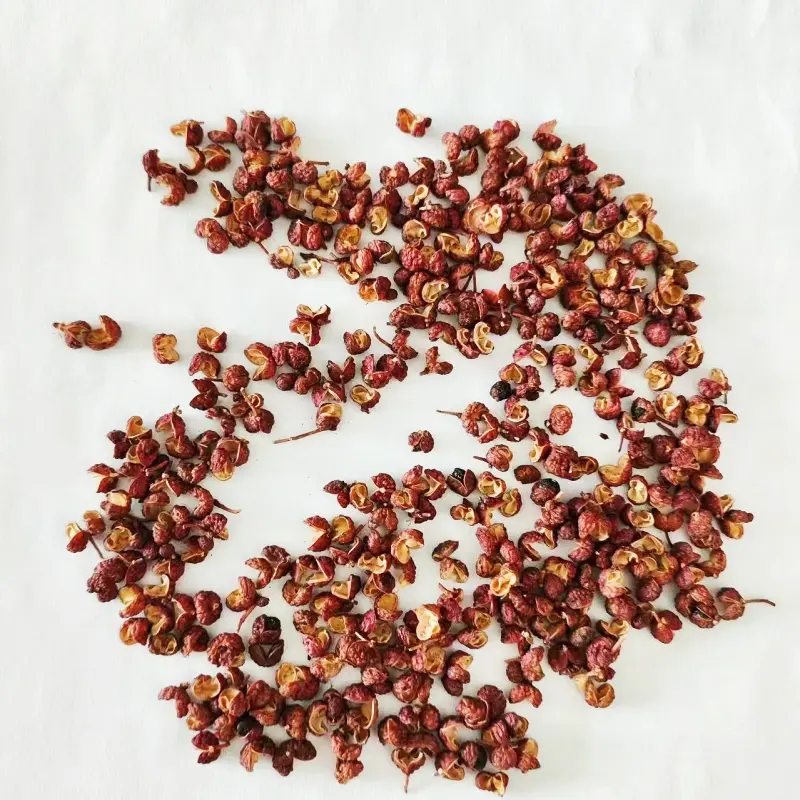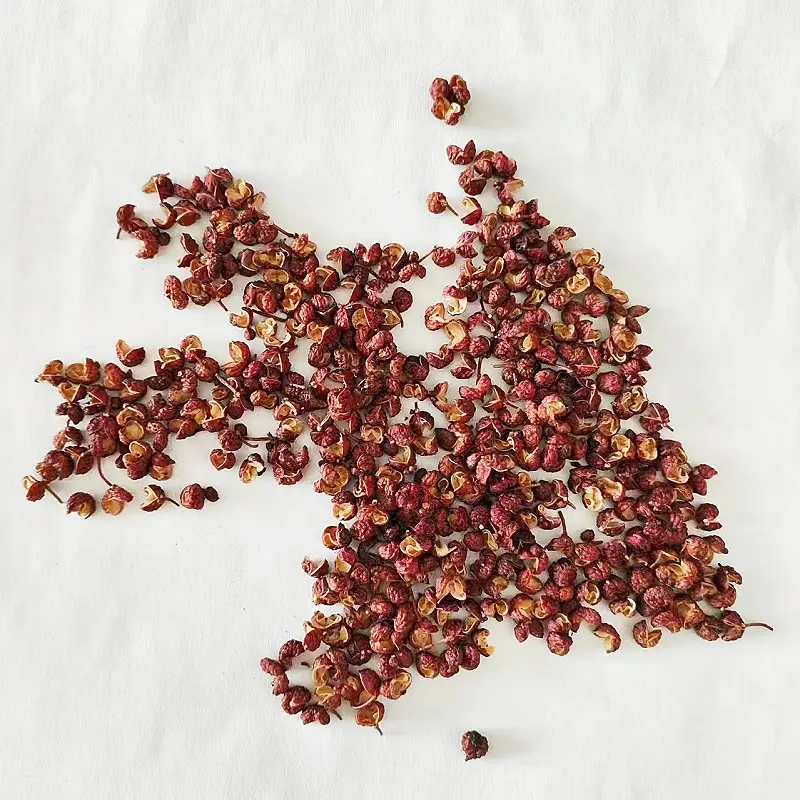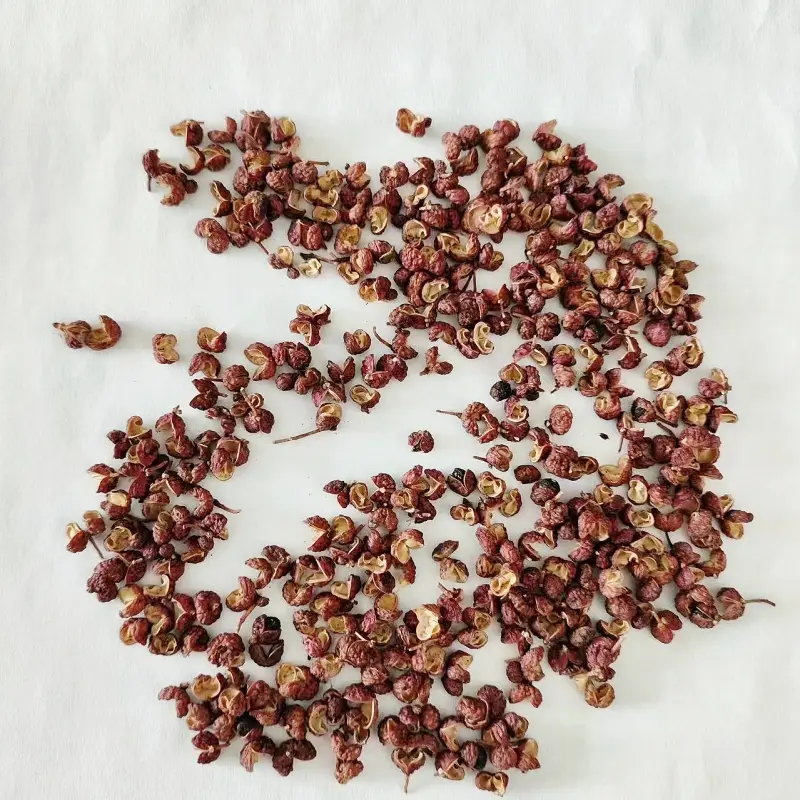Sichuan pepper, a cornerstone of Chinese cuisine, particularly from the Sichuan province, is renowned for its unique and distinctive flavor. It imparts a numbing, tingling sensation to the tongue, often referred to as “mala” (麻辣), which translates to "numbing" (麻) and "spicy" (辣). This exceptional sensation is due to the active compound called hydroxy-alpha-sanshool, found in the outer husk of the peppercorn, which interacts with the nerves in the mouth to create the characteristic numbing feeling. Studies show that hydroxy-alpha-sanshool can stimulate sensory neurons, producing a tingling sensation that enhances the overall taste experience. While there are several spices and peppers that mimic some of Sichuan pepper's qualities, none can fully replicate the complexity or the exact sensation it delivers, making Sichuan pepper an irreplaceable ingredient in Sichuan cuisine. This unique pepper has been cultivated for over 2,000 years, and despite the emergence of substitutes, such as pink peppercorns or black pepper, its numbing and spicy qualities remain unmatched.
Characteristics of Sichuan Pepper
Sichuan pepper (Zanthoxylum simulans) belongs to the Rutaceae family and is a key ingredient in the cuisine of Sichuan province, China. It is widely recognized for its distinctive “málà” (麻辣) flavor profile, which combines "mál" (麻) — the numbing sensation — with "là" (辣), the spiciness commonly found in Chinese dishes. The numbing effect comes from a compound called hydroxy-α-sanshool, which is found in the outer husk of the peppercorn. When consumed, hydroxy-α-sanshool stimulates sensory neurons in the mouth, leading to a tingling, almost electrifying numbing sensation on the tongue. This sensation is unique and adds an exciting, complex layer to the flavor experience. Sichuan pepper is typically used to enhance dishes such as Mapo tofu, kung pao chicken, and hot pot, where it balances and complements the heat from chili peppers. Research indicates that the compound's ability to induce the numbing effect can also enhance the perception of other flavors in the dish. It has been cultivated for over 2,000 years and remains integral to Sichuan cuisine. Despite the emergence of alternative spices, Sichuan pepper's combination of numbing and spicy flavors remains unparalleled, making it an irreplaceable ingredient in authentic Sichuan cooking.
Possible Substitutes for Sichuan Pepper
While no substitute can entirely replicate Sichuan pepper’s unique characteristics, some ingredients might offer similar sensory experiences. Below is a comparison of common substitutes:
Substitute | Flavor Profile | Numbing Sensation | Similarity to Sichuan Pepper | Common Uses |
Black Peppercorns | Spicy, earthy, slightly pungent | None | Low | General seasoning, savory dishes |
Pink Peppercorns | Fruity, slightly peppery, mild | None | Low | Salad dressings, seafood dishes, light meats |
Coriander Seeds | Citrusy, slightly spicy | None | Low | Curries, soups, pickling |
Lemon Zest and Chili Flakes | Fresh citrusy zest with heat | None | Medium (combines heat with slight tanginess) | Marinades, seafood, chicken dishes |
Chinese Five-Spice Powder | A blend of star anise, cloves, cinnamon, fennel, and Sichuan pepper | Moderate | Medium | Used in stir-fries, braises, and roasted meats |
Grains of Paradise | Peppery with hints of cardamom, earthy flavor | None | Medium | Stews, marinades, spice blends |
Detailed Comparison and Data Analysis of the Substitutes
1. Pink Peppercorns
Pink peppercorns are often considered a substitute for Sichuan pepper due to their mild, fruity flavor. However, while they share some visual similarities, they lack the numbing quality that makes Sichuan pepper so unique. Pink peppercorns are sweet and mild, and they lack the pungent, spicy heat that Sichuan pepper brings to dishes.
Example: In a Sichuan-style hotpot, pink peppercorns may add a slight fruity flavor, but they cannot recreate the signature numbing sensation that one gets from Sichuan pepper.
2. Coriander Seeds
Coriander seeds have a citrusy, slightly sweet flavor, often used in Indian or Middle Eastern cuisine. They can contribute to the overall brightness in dishes but do not possess the same spicy, numbing complexity of Sichuan pepper. Coriander seeds have a distinctly different flavor profile and texture.
Example: In a dish like Kung Pao chicken, coriander seeds might complement the sweetness of the peanuts, but they cannot evoke the same balance of heat and numbing sensation as Sichuan pepper.
3. Black Pepper
Black pepper is one of the most common spices worldwide, known for its sharp and pungent flavor. However, it does not replicate the numbing effect that defines Sichuan pepper. Black pepper brings heat, but the sensation is direct and sharp, not lingering or complex.
Example: While black pepper may add spiciness to a stir-fry or a marinade, it lacks the sophisticated heat and numbing sensation that comes from Sichuan pepper in dishes like Mapo Tofu.
Quantitative Comparison: Sensory Experience
To further understand the difference, we can examine the sensory experience using a comparative scale for each of the characteristics (spiciness, numbing sensation, and complexity). Each attribute is rated from 1 to 10, with 10 being the most pronounced.
Characteristic | Sichuan Pepper | Pink Peppercorns | Coriander Seeds | Black Pepper |
Numbing Sensation | 10 | 2 | 1 | 1 |
Spiciness | 7 | 3 | 2 | 8 |
Flavor Complexity | 9 | 6 | 6 | 6 |
Citrusy Notes | 8 | 7 | 9 | 4 |
Overall Sensory Impact | 10 | 4 | 5 | 7 |
As shown in the table, Sichuan pepper stands out across the board, particularly in terms of its numbing sensation and overall sensory impact. Pink peppercorns, coriander seeds, and black pepper can all provide interesting flavors, but none are able to reproduce the distinctive numbing, spicy, and complex profile of Sichuan pepper.
Conclusion: The Irreplaceability of Sichuan Pepper
Despite the availability of substitutes like black pepper, coriander seeds, and grains of paradise, none can truly replace the unique sensory experience provided by Sichuan pepper. The tingling numbing effect it imparts, combined with its distinct flavor, is an essential part of the culinary tradition in many Asian cuisines. While certain ingredients may provide heat, spiciness, or even citrusy notes, none can replicate the complex interaction of numbness and spice that defines Sichuan pepper.
Thus, while alternatives can mimic some aspects of its flavor, Sichuan pepper remains an irreplaceable ingredient in cooking. For those seeking the full experience, there is simply no substitute for the real thing.
We are a professional Sichuan pepper exporter, specializing in wholesale of high-quality and affordable Sichuan pepper. Our company has established strong relationships with local farmers and suppliers to ensure we provide only the best products to our customers. With years of experience in the industry, we have gained a solid reputation for offering top-grade Sichuan pepper at competitive prices.
We pride ourselves on our commitment to customer satisfaction, and we work closely with each client to meet their specific needs. Whether you are looking to purchase in bulk or require customized orders, we are able to accommodate various quantities and packaging requirements. Our products are carefully selected, processed, and tested to ensure they meet the highest standards of quality.
In addition to our excellent product quality, we offer perfect pre-sale and after-sale services. Our professional team is available to provide you with timely assistance, answer all your queries, and ensure smooth and efficient transactions. We value long-term partnerships and believe in building trust through reliable and transparent business practices.
If you are looking for a trustworthy supplier of Sichuan pepper, we welcome you to contact us for further inquiries or business discussions. We look forward to working with you and helping you achieve success in your market.
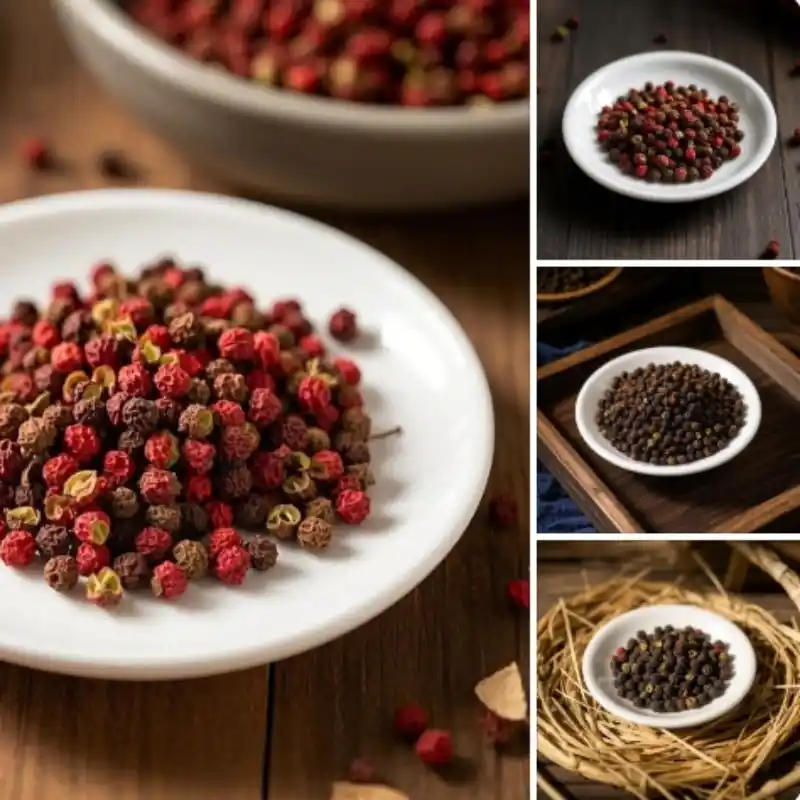

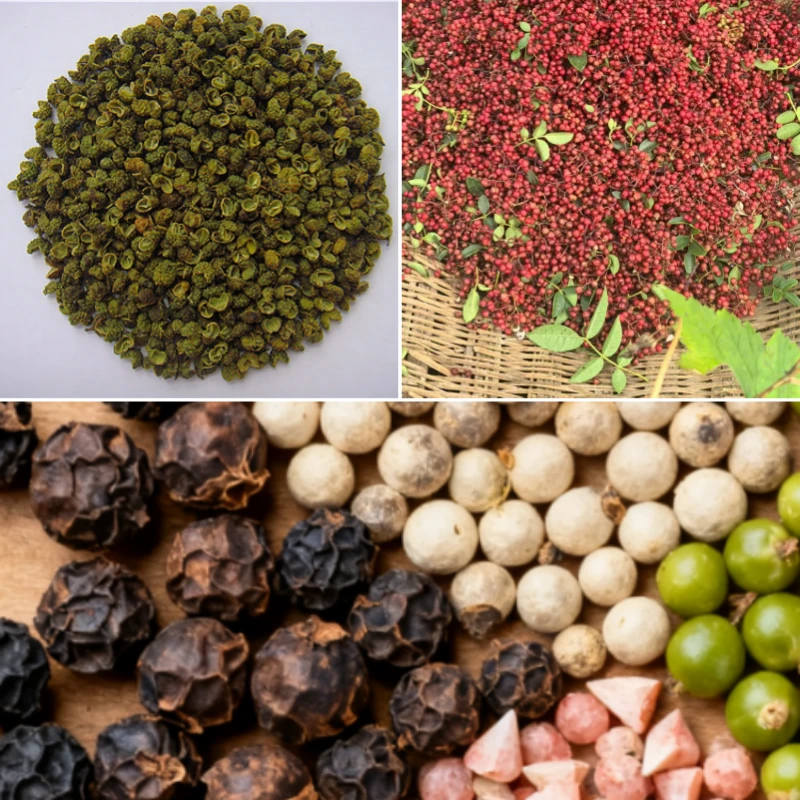
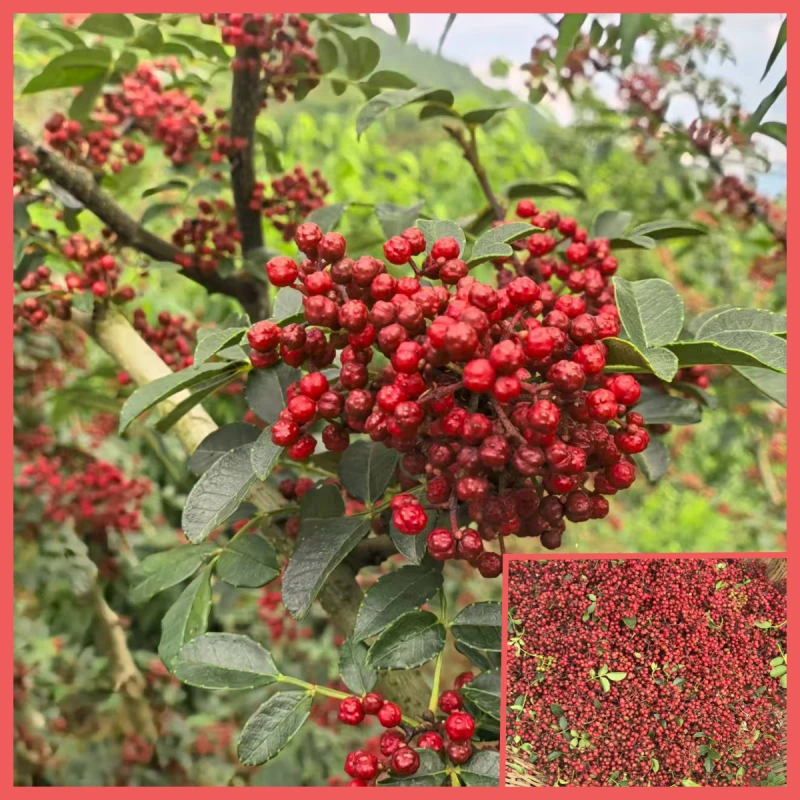
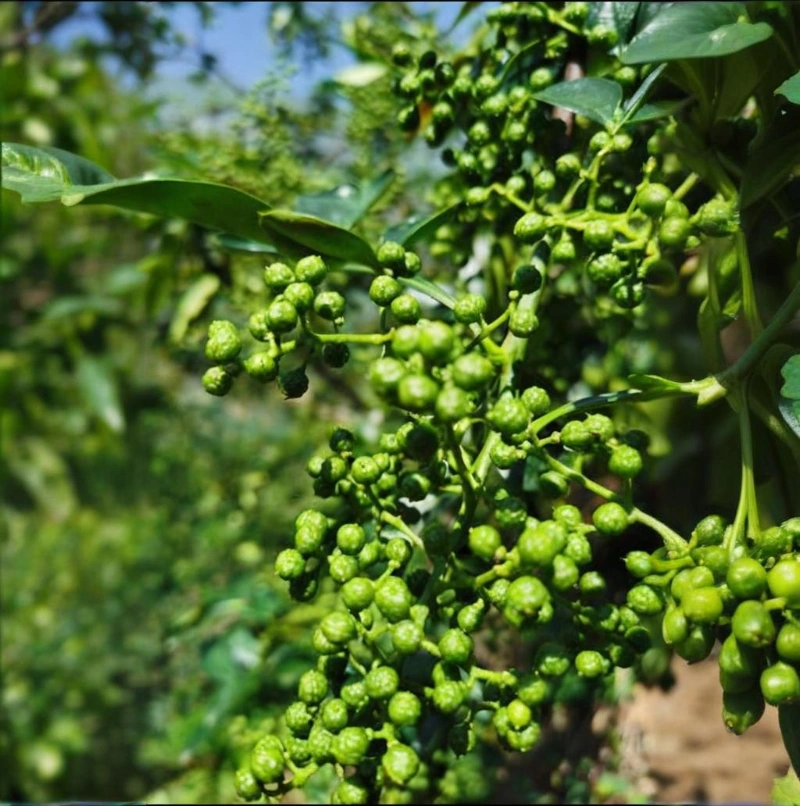
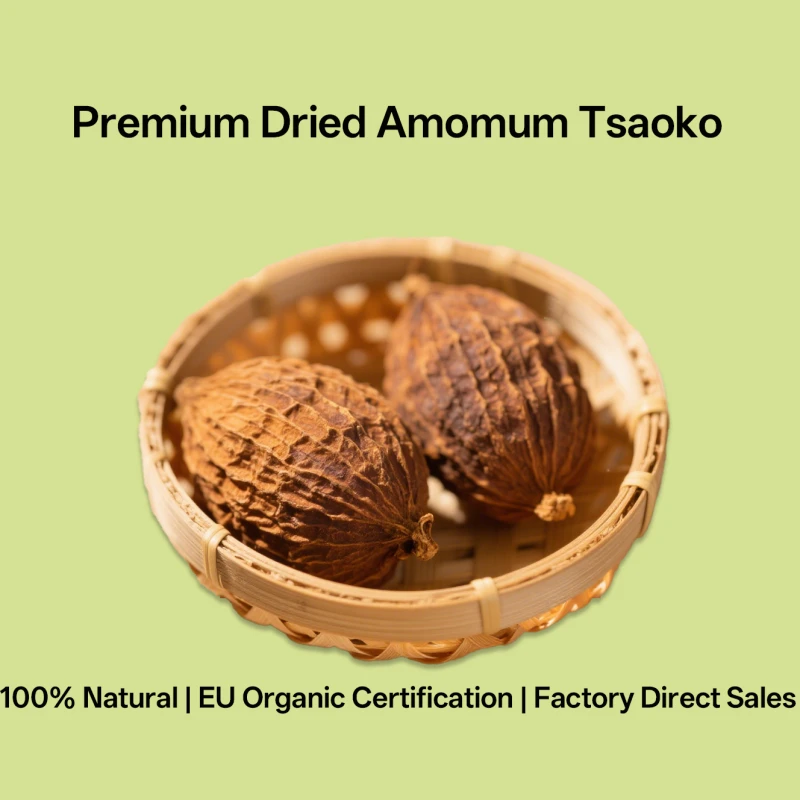
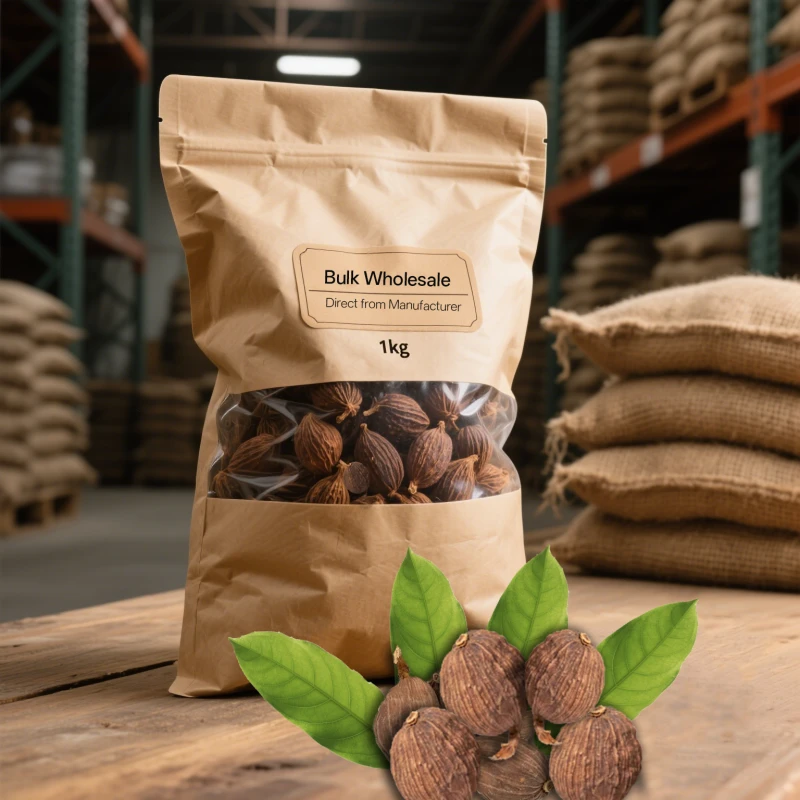
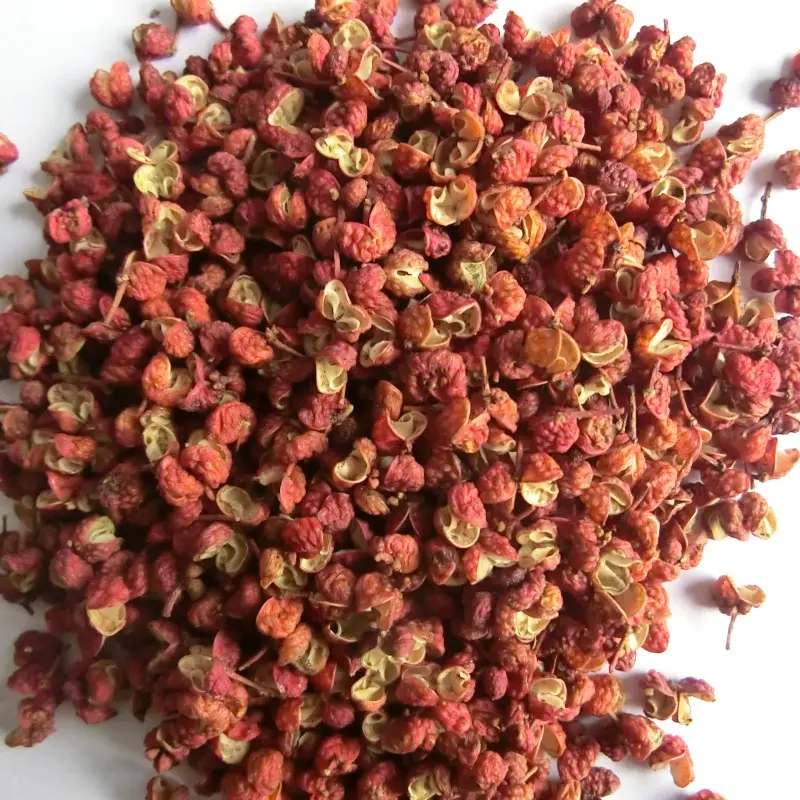
811.webp)
